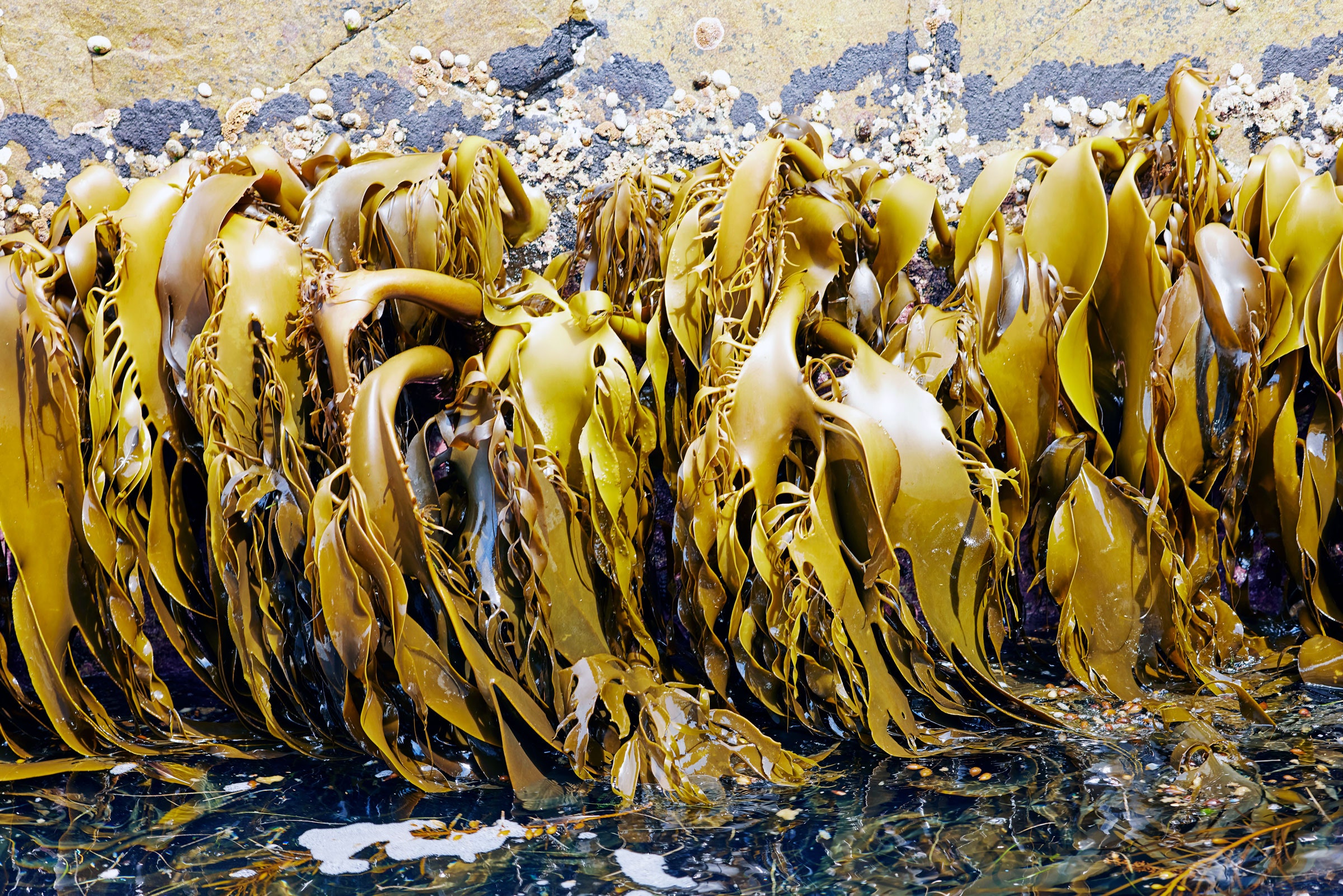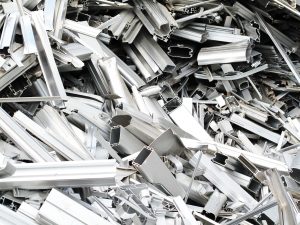
Fake Caviar Invented in the 1930s Could Be the Solution to Plastic Pollution
In the 1930s, a scientist named William Rowland invented a synthetic caviar that could be used as a...
Fake Caviar Invented in the 1930s Could Be the Solution to Plastic Pollution
In the 1930s, a scientist named William Rowland invented a synthetic caviar that could be used as a replacement for the real thing. This fake caviar was made from a substance called cellulose acetate, which was derived from wood pulp. It was intended as a more affordable alternative to traditional caviar, which is made from fish eggs.
Fast forward to the present day, and this invention could hold the key to reducing plastic pollution. Cellulose acetate is biodegradable, meaning it breaks down much faster than traditional plastics. By using this fake caviar as a replacement for plastic in products like packaging and utensils, we could significantly reduce the amount of plastic waste that ends up in our oceans and landfills.
While this fake caviar may have been originally created for culinary purposes, its potential as a sustainable alternative to plastic is clear. Researchers and companies are now exploring ways to use cellulose acetate in a variety of products to help combat the plastic pollution crisis.
So, next time you come across fake caviar, remember that it could be more than just a culinary imitation – it could be a solution to one of the biggest environmental challenges we face today.






